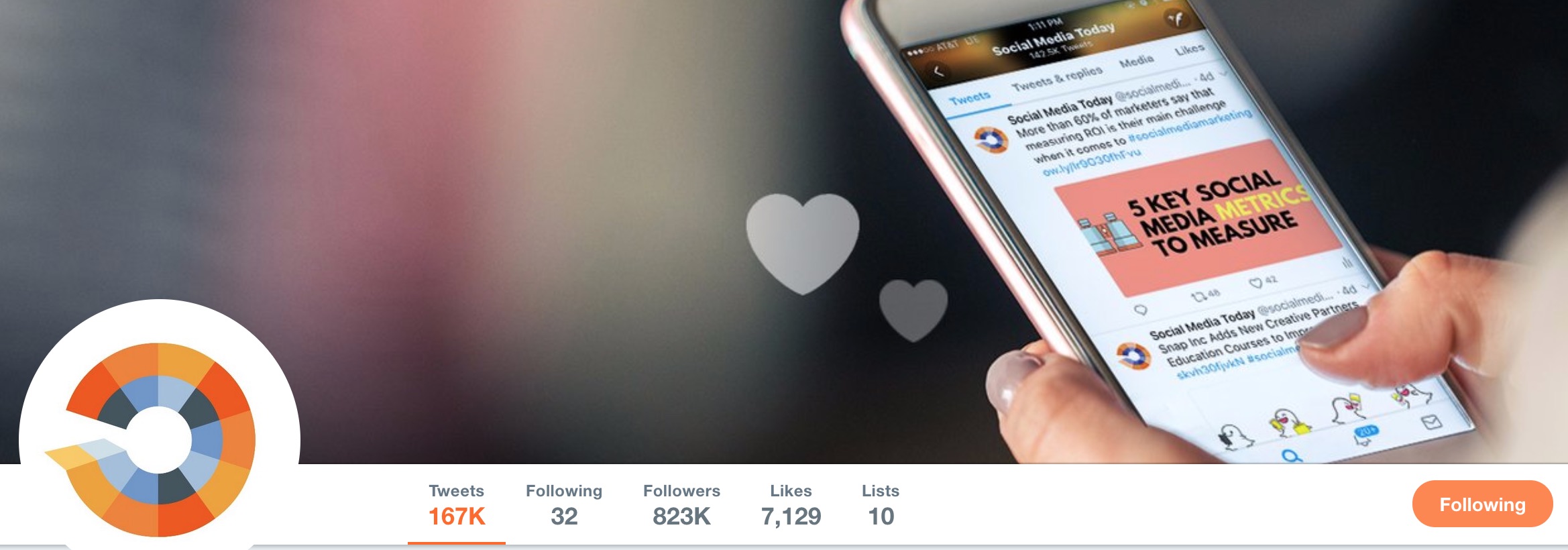
I’ll be in Italy for the next 12 days. I’m not sure how many posts I will do while I’m gone so here is a rich post you can use for professional development in the meantime. These are the first winners of my Free Resources for Busy Educators and Parents Award. Congratulations! These sources will keep you busy and learning until I’m back on 9/24/2019. If you think I left a site out that belongs send me an email at dgreen@stny.rr.com. Thanks and chio.

Teachthought.Com – TeachThought is an idea and brand dedicated to innovation in K-12 education. This is pursued by growing teaching through thought leadership, professional development, resource curation, curriculum development, podcast publishing, and collaboration with organizations around the world. You could and should spend a lot of time here. @TeachThought

KQED News – Mindshift – MindShift explores the future of learning in all its dimensions. They examine how learning is being affected by technology, discoveries about the brain, poverty, inequities, mindfulness, agency, social and emotional learning, assessments, game-based learning, and music. They report on shifts in how educators teach as they apply innovative ideas. @MindShiftKQED

edutopia – George Lucas started this Foundation which is dedicated to transforming K-12 education so that all students can acquire and effectively apply the knowledge, attitudes, and skills necessary to thrive in their studies, careers, and adult lives. @edutopia

EdSurge – Reports on the Future of Learning – EdSurge delivers insights and connects those exploring how technology can support equitable opportunities for all learners. @EdSurge

Social Media Today offers news and a space to share, learn, and network with other digital marketing professionals from around the world. Anyone managing a school or district social media presence should spend time here on a regular bases. @socialmedia2day

Cult of Pedagogy is run by a team of people committed to making you more awesome in the classroom. Jennifer Gonzalez leads a team of educators that consistently gives high-quality resources. @cultofpedagogy

Getting Smart – This team of ten, lead by Tom Vander Ark, are solution designers. With backgrounds as educators, school administrators, business executives, and nonprofit leaders, our team has extensive experience in organization management, communication, and sales. @Getting_Smart

Free Technology For Teachers – This is Richard Byrne’s blog, where he posts daily. He pioneered 1:1 education as a social studies teacher and now is an international speaker and multiple award winner. On this group he appears to be the only lone ranger. @rmbyrne















